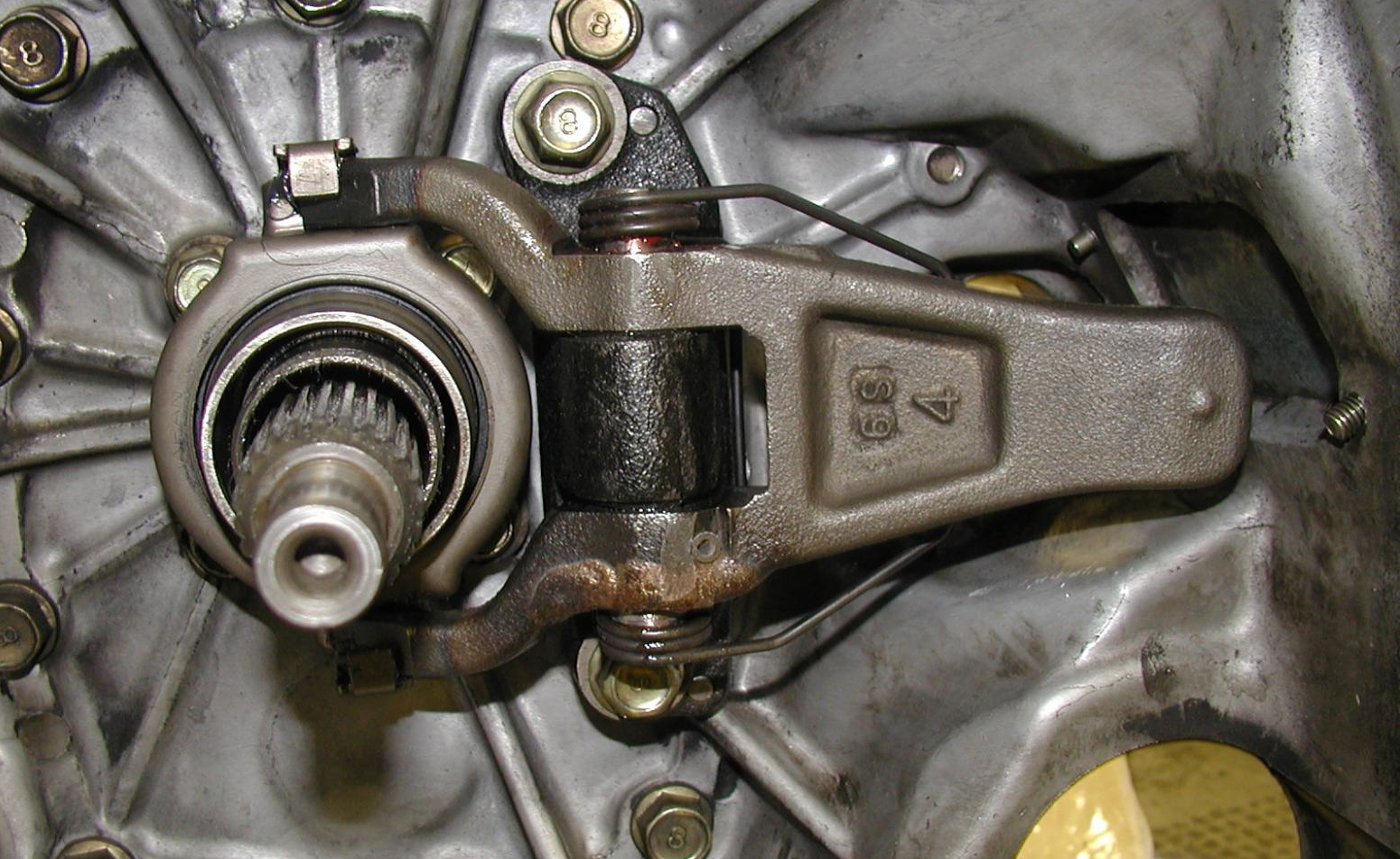What’s a Clutch Fork, and Why Does It Matter?
Alright, so you’ve probably never thought about your clutch fork until something starts going a bit clunky with the gears. Fair enough! It’s not something most folks rolling around Hamilton – whether you’re up and down Victoria Street, or heading out to Tirau or Te Awamutu – really think about. But, if you drive a manual or even some semi-auto models, especially things like older Subaru Foresters, Suzuki Swifts, a Peugeot 308, or even something like a Mazda Demio, the clutch fork is doing a fair bit of hard yakka every time you sit in Hamilton’s stop-start traffic or crawl over potholes in Dinsdale.
Basically, the clutch fork is the bit that pushes and pulls on the clutch bearing – it moves when you push the clutch pedal down with your foot. That’s how you get those silky gear shifts. If it’s bent, worn out, or even just dry and squeaky, you’ll start to notice all sorts of little dramas with how your car drives.
How the Clutch Fork Cops a Hammering in Real NZ Driving
Hamilton city’s not the easiest place on a clutch fork. Between the speed bumps in Rototuna, those awkward hill starts on Grey Street, and hitting all four seasons in a day – think freezing foggy mornings out near Morrinsville and those scorchers over summer when you’re parked up at The Base – everything in your clutch system’s working overtime.
It wears down over years, especially where the fork meets the release bearing and the pivot. If you get a bit of clutch fluid leaking, or it’s missing some lube, that metal-on-metal action just speeds things up. And look, we see all sorts – regular Toyotas, Hondas, the odd older BMW from Raglan, and even a few Isuzu Elf trucks or the occasional SsangYong Rexton come through with this problem.
Sometimes the fork snaps outright. Usually, that’s just from old age, but it can also come from weak points in the metal or being a bit rough with it. If someone’s done a dodgy clutch replacement before (we’ve seen plenty from back-yarders), that makes things even worse.
Telltale Signs Your Clutch Fork Is Stuffed
Here’s what our customers around Glenview and Cambridge find when their clutch fork’s about ready to throw in the towel:
- Trouble changing gears – You know that grindy, scraping noise when you try to get your old Honda Fit into second? Yep, could be the fork. Or if it takes a proper heave to get into gear, especially at the lights on Peachgrove Road.
- Clutch slipping – If you’re on the Expressway by Rotokauri and the revs shoot up but you’re going nowhere, the fork may not be getting a solid connection.
- Floppy clutch pedal – When the pedal feels spongy or drops lower than normal, and your Renault Twingo just feels off, that’s a big red flag.
- Weird rattles or squeaks – We hear this the most: customers say there’s a thunk or squeak every time they touch the clutch, especially just after cold starts out in Ngāruawāhia.
- Jerky take-offs – If you’re stalling at every intersection or it’s hard to find that sweet friction point, the fork could be bent or cracked.
Still curious about how clutches work? Check out this guide on clutches for more info.
Getting Your Clutch Fork Sorted in Hamilton
If you reckon your clutch fork is having a bad day, or your clutch just isn’t feeling right, drop by Grimmer Motors in Hamilton for a proper look. Our techs work on everything – Toyota Hiluxes, Nissan Dualis, even the occasional obscure Opel. We know the WOF rules inside out and we’ve got all the right gear.
Clutch fork replacements are one of those jobs we do all the time, so you’re in good hands. If something else needs doing while we’re there – pilot bearings, new cable, a fresh bit of grease – we’ll let you know before we touch it.
For more info about clutch replacements, check out Clutch replacements
If you’re driving around Hamilton, out to Matangi or across to Huntly, and your clutch feels off, don’t leave it until you’re stranded on State Highway 1. Bring your car in and we’ll help you get back on the road, hassle-free.

